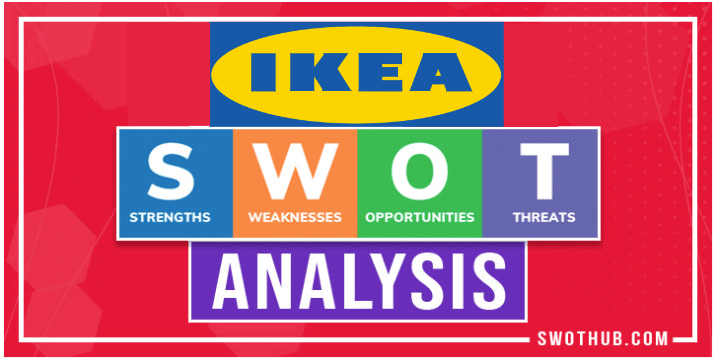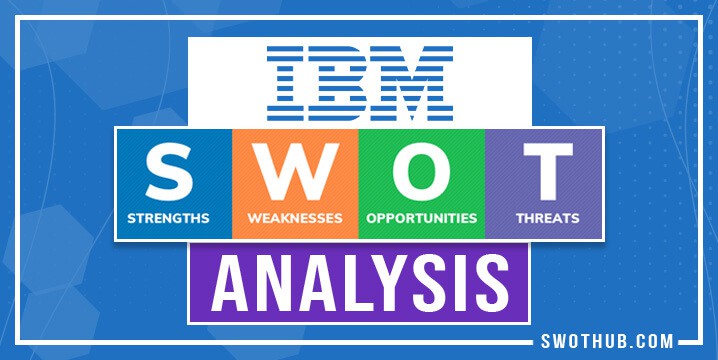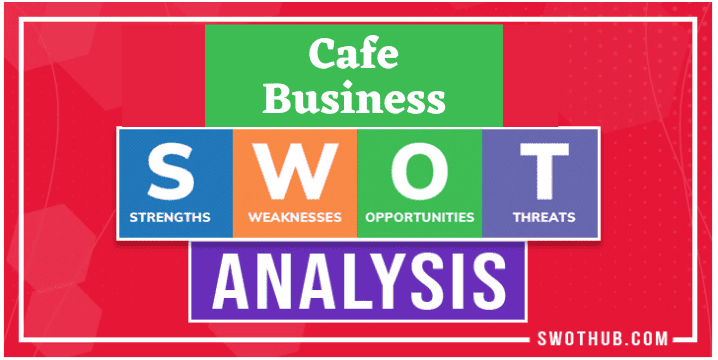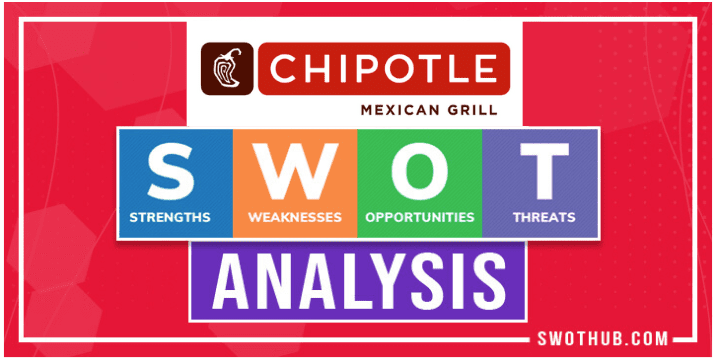The world of retail home shopping has been highly competitive and an IKEA SWOT analysis will highlight how this Swedish home improvement store has changed the world. Whether you love their furniture or just go for the delicious restaurant, IKEA competitors have been trying to compete with this iconic do-it-yourself brand.
Table of Contents
IKEA’s History
Ingvar Kamprad established IKEA in 1943 in the Swedish town of lmhult, which was then covered in forests, as a mail-order catalog company. Attractiveness, style, and comfort are now available to individuals all around the world thanks to this international brand of home furnishings.
With more than 300 locations worldwide, the home goods company IKEA held the title of largest furniture seller in the world at the beginning of the twenty-first century. IKEA has more than 12,000 furniture items available in its shops and online. Germany contributes 15% of sales to the corporation, and the US contributes 14% of sales to the corporation. IKEA is known for its low-cost products, which are almost always offered in convenient “flat-pack” packaging for the client to assemble at home. Although its headquarters are now in the Netherlands, IKEA still today proudly displays its Swedish heritage. IKEA competitors have a hard time competing with their cultural beginnings.
Store exteriors are painted in the blue and yellow of the Swedish flag, in-store restaurants offer Swedish cuisine, and the company’s goods have Swedish names. The Swedish corporation IKEA is well-known around the world for offering affordable goods for the household. It is a standard for lower-income individuals who still want design but at a less price.
IKEA’s mission is to “make a better everyday living for many people.” There are no stockholders who own IKEA. In contrast, it is managed by a multitude of running businesses, holding companies, and charitable organizations. In part as a result of Sweden’s high tax rates, complicated business structures were developed.
IKEA SWOT Analysis – At a Glance
| NAME | IKEA |
| FOUNDED | 1943 |
| HEADQUARTERS | Delft, Netherlands |
| SIC CODE | 2599 |
| STATUS | Private Company |
| INDUSTRY | Retail |
| EMPLOYEES | 211,000 |
| TRADING SYMBOL | SWE |
| Website | IKEA |
IKEA – How the Affordable Retail Icon Began
IKEA SWOT Analysis
SWOT stands for the organizational strengths, weaknesses, opportunities, and threats. SWOT analysis is a tactical tool that aids companies in examining internal and external issues that have an impact on their bottom line. By taking IKEA’s strengths, weaknesses of IKEA, threats of IKEA as well as opportunities of IKEA into account, we may better gain in-depth knowledge about IKEA company. In this article, we’ll be taking a look at IKEA SWOT analysis framework to better understand its competitive position and potential for future growth. Read on to learn more about their Strengths, Weaknesses, Opportunities, and Threats!
IKEA SWOT Analysis Strengths
A company’s strengths are those areas in which it excels above average or in a way that distinguishes it from its competitors. The IKEA strengths are outlined in this IKEA SWOT analysis article.
IKEA’s clear vision: The company’s clear vision, which is to offer value for its consumers regardless of the market situation, is its greatest strength. This has resulted in a clear-cut company plan and a retailing strategy that is innovative in its simplicity, lethal in its targeting of rivals, and successful in its positioning.
Market leader: In the global market for furniture and home renovation, IKEA is without a doubt a market leader. With over 500 outlets in 63 countries, the Swedish furniture chain has 11 franchisees. The furniture company also operates 38 distribution facilities in 18 countries, along with 22 Pick-up and Order Points, 41 Shopping Centers, and 15 other nations.
High sales volume: On a yearly basis, IKEA reports high sales volume. They are particularly impressive in this regard, and their ability to record large sales is partially a result of the sharp comprehension of their target market’s requirements.
Strong Market analysis: IKEA is familiar with every facet of its customers. If they didn’t, the business would struggle to give its customers what they desire. IKEA customers seek out a variety of reasonably priced furnishings and home appliances. IKEA wouldn’t be able to sell as many units if they didn’t realize that this is what their customers desire.
Quality, Affordability, Durability: IKEA’s success is attributed in part to its quality & pricing. Compared to other businesses offering comparable products, their costs for furniture and household goods are lower. Despite being less expensive than many competing companies, IKEA’s home furnishings are highly regarded by customers for their quality and durability.
Brand recognition: One of the most well-known and identifiable furniture brands worldwide is IKEA. Every year, the company serves more than 600 million consumers. It is not surprising that IKEA is as well-known or as famous as it is when you consider brand recognition and affordable furniture alternatives.
IKEA SWOT Analysis Weaknesses
A company must be aware of both its strengths and its weaknesses. Weaknesses are aspects that limit an organization’s potential, reduce its capacity to compete, and hinder it from achieving its goals. After reviewing IKEA’s strengths in this phase of the SWOT analysis, we’ll look at some of IKEA’s weaknesses.
Uniformed or standardized products: Ikea produced uniform goods. Ikea’s primary goal is to satisfy its customers by offering standardized high-quality goods and services at reasonable costs. However, standardized items cannot satisfy every consumer’s need in the market.
Limited reach: Despite having several locations worldwide, IKEA still has a small and limited reach & customer base. Their stores are typically located in major cities or towns throughout many different countries, which is a drawback for people who reside far from these cities or towns.
Negative Press: Customers are becoming more distrustful as a result of bad press IKEA has frequently been represented negatively by the media in these events. There have been occasions where IKEA has been linked to youngster deaths and even injuries.
Environmental concerns: IKEA’s business practices raise environmental concerns, and the company struggles to communicate its environmental policies to customers, shareholders, and other stakeholders.
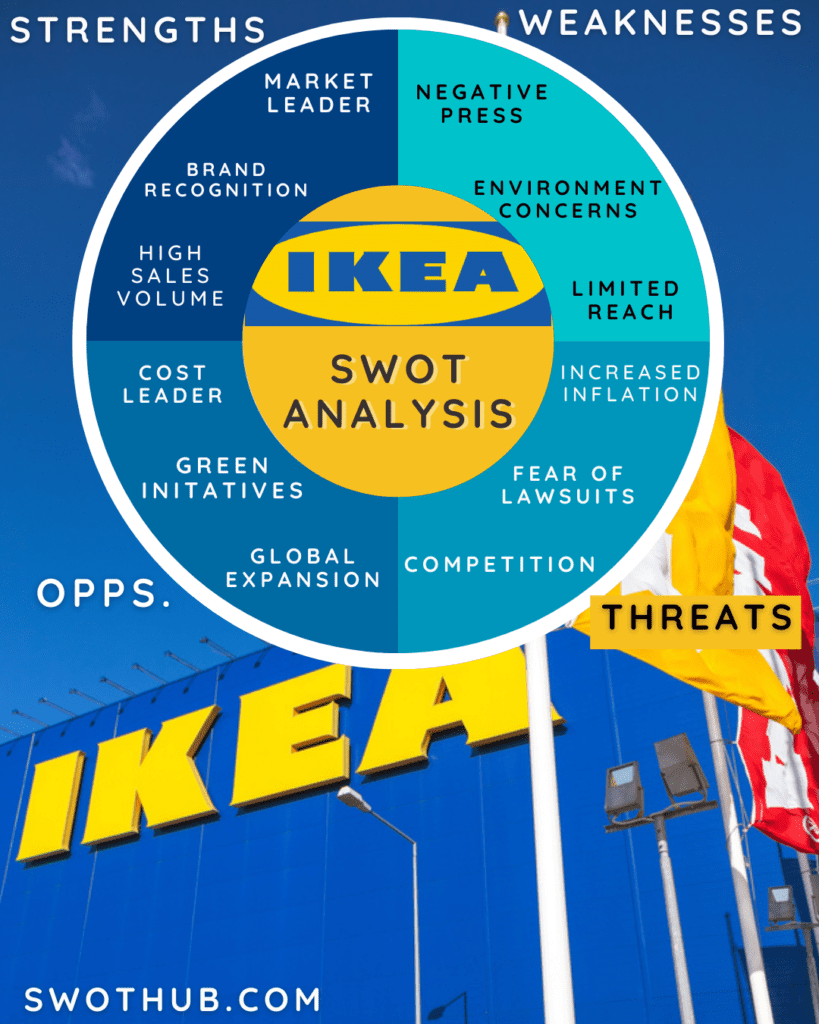
IKEA SWOT Analysis Opportunities
IKEA exists in a world full of opportunities. The following portion of the IKEA SWOT analysis will examine some of IKEA’s opportunities:
Cost leadership: The company’s commitment to cost leadership, which means putting cost first above all else, is possibly its biggest opportunity. Although there are concerns about the quality, the customers don’t appear to care because they are getting their money’s worth and the ability to provide value to the customers is another big one.
Increasing eCommerce focus: IKEA has more than 800 million online visitors annually. Many individuals like to buy things online, and businesses may take advantage of this by offering enticing promotions and lower prices as well as by expanding their operations into several additional nations.
Technological Advancement: Consumers are getting more tech-savvy and demanding in the current environment. IKEA cannot ignore technological innovation given the current market conditions and intense competition.
Green Business Model: Many customers all across the world are now more aware of their choices, behavior, and purchasing patterns. Countries are also promoting green initiatives.
Global expansion: IKEA has a good opportunity to grow its business in developing nations and emerging markets. Therefore, IKEA is planning to use its cost leadership strategy to grow into larger areas like India, China, and South America. It has great hope that this will be profitable for the company.
IKEA SWOT Analysis Threats
Threats put any company’s stability and profitability at risk. Some of IKEA’s threats that are critical to discuss will be covered in this article on the IKEA SWOT analysis.
Increasing Inflation: The purchasing power of money decreases when inflation takes hold. IKEA’s business is significantly impacted by it. Costs would rise, which would have an impact on pricing and might result in a company losing market share.
Fear of Lawsuits: Customers who believe their experience with IKEA items has negatively impacted them in some manner may sue the company. Because of the negative publicity that results, both current and potential customers become distrustful.
Strong Competition: The competition in the market or industry where IKEA competes appears to be getting stronger, which poses a serious danger to the company. The entrance requirements are not very strict enough.
Decrease in Customers: Additionally, IKEA is experiencing a drop in the number of new customers. Given the dangers IKEA faces, failing to develop particular solutions to maintain its market dominance would be terrible for the company’s future.
IKEA Competitors
IKEA competition is now becoming a major concern for the company because most domestic, local, and worldwide rival brands in the lifestyle and retail sectors are providing a similar range of products at competitive pricing.
IKEA competitors include:
With their strong eCommerce platforms, traditional IKEA competitors like Walmart and Target can steal the company’s potential customers. IKEA is also opposed by distinctive brands like Jysk, Kartell, and Williams-Sonoma. IKEA competition is increasing day by day because of Demand that isn’t being met. IKEA’s existing consumer reach is not at its best for its mainstream target market.
IKEA SWOT Analysis Conclusion
So, it is concluded that the affordability of the product is a major plus for IKEA. The company creates furniture for average-income consumers which is also a strength. The negative press is one of IKEA’s major weaknesses that can hurt business, as shown by the SWOT analysis. This article also outlines certain business options that are available to IKEA, including the green business model, a stronger emphasis on eCommerce, and technology developments.
Last but not least, the IKEA SWOT analysis reveals external dangers to the company, with customer lawsuits representing a significant risk. Additionally, IKEA can concentrate on potential risks and difficulties for their company. IKEA may increase the flexibility and adaptability of their business models to the shifting market conditions by properly utilizing the opportunities that present themselves. The following are the recommendation for IKEA:
- IKEA should work to change the perception of its brand as having low-quality goods at current affordable prices, in addition to its products.
- IKEA should promote “Green” and “Sustainability” business practices as well as “giving back to the community” and high-quality products.
- IKEA should keep using its marketing to demonstrate its competitiveness.

